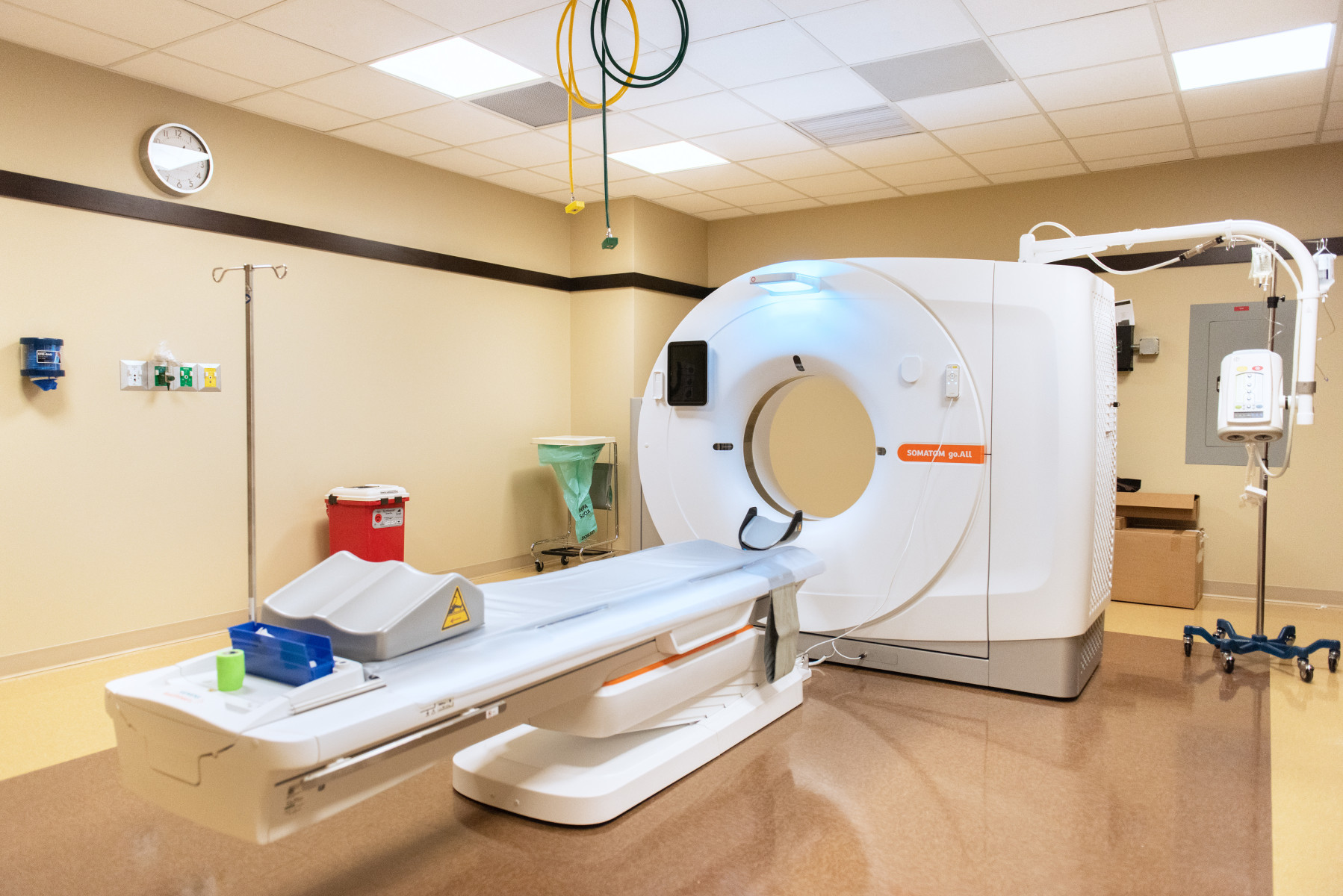
Northwestern Medicine collaborated with international colleagues in a study that identified two dozen new genes linked to lupus after analyzing genetic samples from over 27,000 individuals across the globe.
The study, published in Nature Communications, was co-authored by Rosalind Ramsey-Goldman, MD, DrPH, the Solovy/Arthritis Research Society Research Professor of Medicine in the Division of Rheumatology, part of a group of authors from more than 70 universities.
“These new observations will help direct future research to better diagnose and treat the disease while also providing insights into why lupus disproportionately affects certain ethnicities at higher rates and more severely,” said Ramsey-Goldman, also a member of the Robert H. Lurie Comprehensive Center Cancer and Northwestern University Clinical and Translational Sciences Institute.
Systemic lupus erythematosus (SLE) is an autoimmune disease that predominantly affects women during their childbearing years, and is more common in African-American, Native American and Hispanic patients. In SLE, the immune system produces antibodies that cause inflammation and damage the body’s own organs and tissues, but it can be difficult to diagnose because its symptoms are similar to those of other immune system diseases.
The study revealed 24 genomic regions that contribute to an accelerating pattern of risk for SLE, leading the investigators to propose what they call the “cumulative hit hypothesis.”
According to the authors, an immune system can normally absorb the effect of a modest amount of these risky genes, but as the number of genes climbs the immune system becomes overwhelmed — resulting in disorders such as SLE.
The ancestral distribution of these genes may explain the ethnic disparities in SLE, according to the study. One cluster of risky genes has a greater frequency in people with African-American ancestry, a population with a higher incidence of SLE. On the other hand, a different risky cluster was less common in those with a mix of African-American and Central European ancestry, reflecting how a complex demographic history can affect the risk of developing SLE.
“There is a genetic predisposition to developing lupus and this study will help scientists decipher the heterogeneous manifestations of the disease, which is hard to diagnose and treat,” Ramsey-Goldman said. “The hope is that these discoveries lead to better diagnostic tools, such as biomarkers, and assist in the development of targeted therapies.”
While large-scale population screening may not be financially practical, it may be more realistic to accelerate the diagnosis of suspected lupus by testing narrowly for genetic markers such as those uncovered in the current study, according to the authors.
“Understanding the implications and not just cataloguing the overlap of genetic variation that predicts multiple autoimmune diseases is a key next set of questions these investigators are pursuing,” said lead author Carl Langefeld, PhD, professor of Biostatistics at Wake Forest Medicine.
The research, led by scientists at the Wake Forest School of Medicine, was supported by the Alliance for Lupus Research, the Arthritis Research UK Special Strategic Award, National Institutes of Health (NIH) grant AR049084; the International Consortium on the Genetics of Systemic Lupus Erythematosus AI083194, CA141700 and AR058621; Excellence Project, Ministry of Andalusia AR043814, AR-06562, AR060366, MD007909, AI107176, AR-057172, RC2 AR058959, U19 A1082714, R01 AR063124, P30 GM110766, R01 AR056360, P60 AR053308, MUSC part is from UL1RR029882 and 5P60AR062755; Oklahoma Samples U19AI082714, U01AI101934, P30GM103510, U54GM104938 and P30AR053483; Northwestern P60 AR066464 and 1U54TR001018; This study was supported by the U.S. National Institute of Arthritis and Musculoskeletal and Skin Diseases of the NIH K01 AR067280, P60 AR062755, N01AR22265; APPLE Investigators R01AR43727; NIH AR 043727 and 069572; NIAMS/NIH P50-AR055503. The study was also supported by the RILITE foundation and Genentech.






